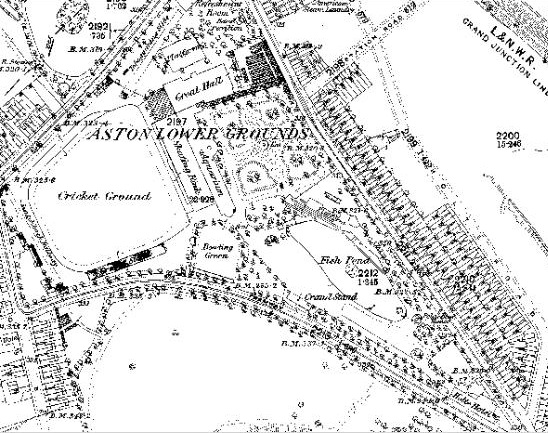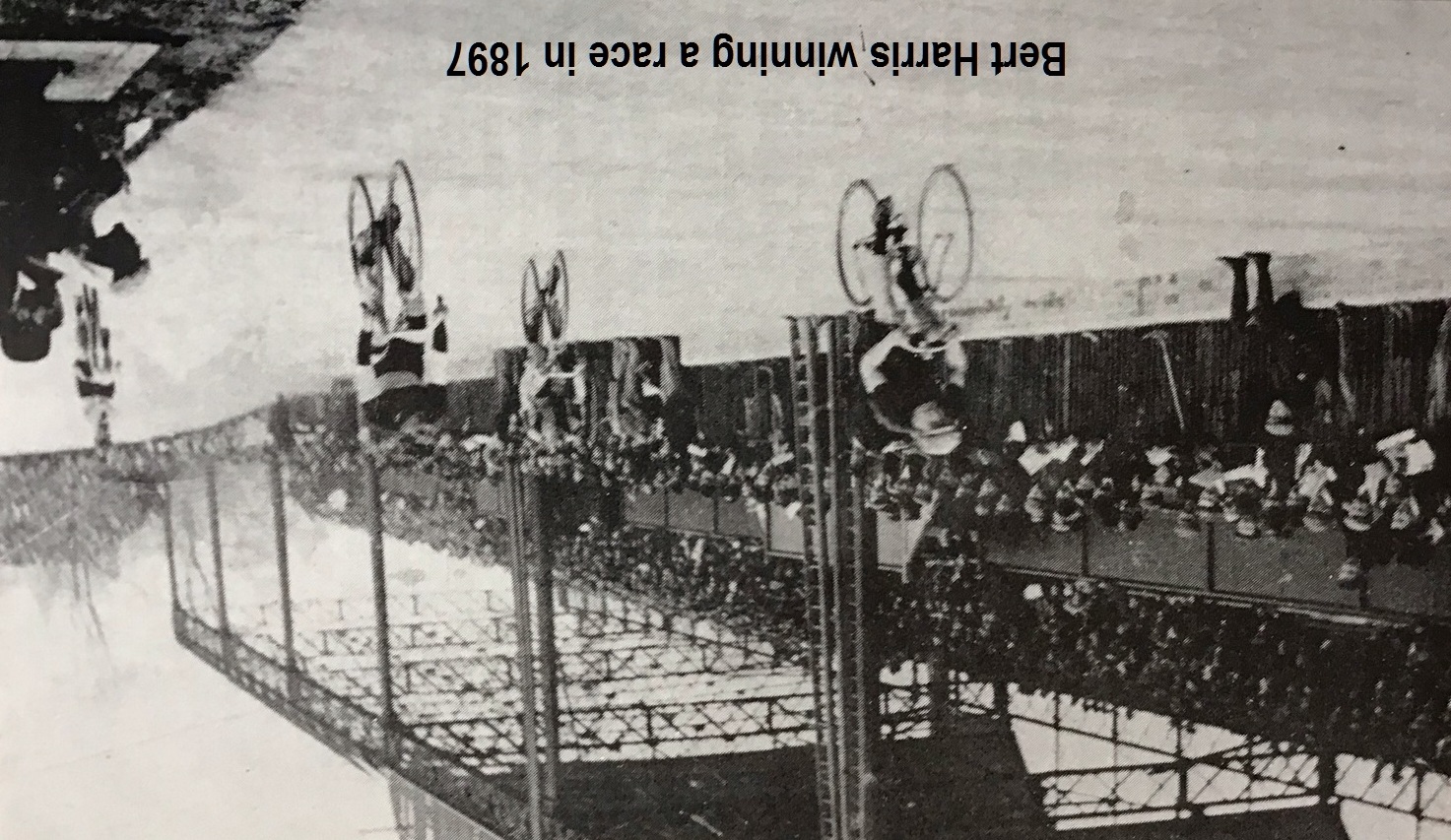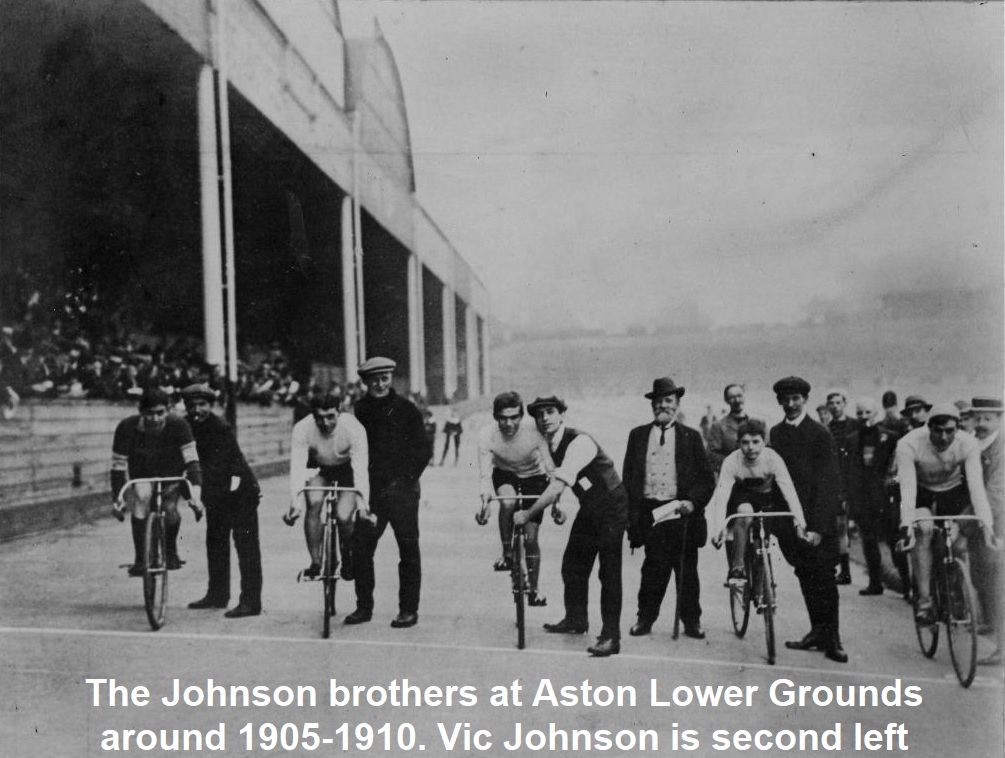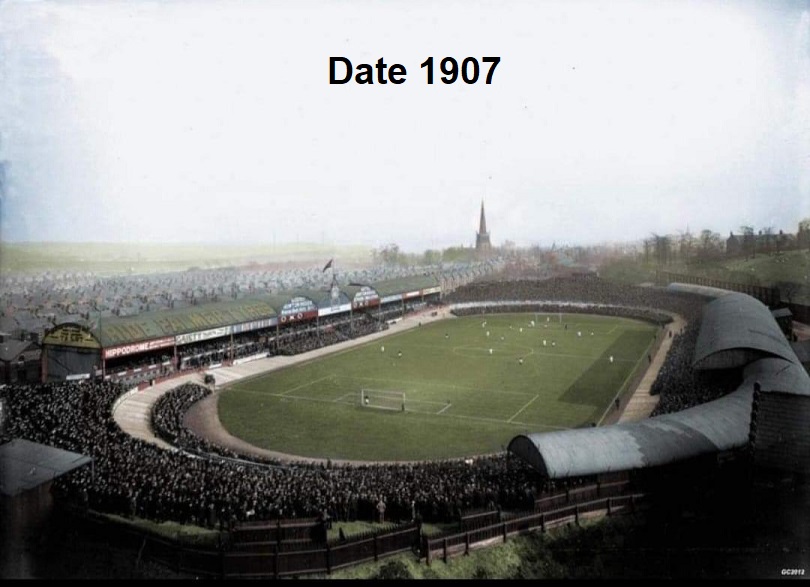


The Birmingham Daily Gazette of June 17th 1870 reported on Palmer's Bicycle Sports in the Upper Grounds at Aston Park. There were four events; a parade of costume, a one mile professional race, a one mile amateur race and a bicycle steeplechase over ‘Irish banks'. Palmer was the velocipede manufacturer John Palmer of Aston and captain of the Aston United Bicycle Club Palmers also advertised that instruction for gentlemen was available at the Upper Grounds for half a guinea, bicycles £4 to £10.
The Birmingham Athletic Club held their sports in 1875 at the Lower Grounds and included bicycle races although ‘the wheels sank deeply into the ground.' The following year the club held its sports at their own Portland Road ground ‘where they have a capital cinder path.' The Birmingham Cricket Club sports were held at the Lower Grounds in 1877 with a 2 miles Bicycle handicap race. The Cricket and Football sports the following year were bicycle races only and attracted between two and three thousand people.
A cinder path was laid down in 1879 and the Sporting Life of May 10th 1879 reports on the N Warwickshire Bicycle Club sports "A splendid cinder path has recently been laid down. It varies from ten to fifteen feet , and is only three and a half times round to the mile. The riders expressed themselves delighted with it." The track was rectangular with wide corners and a slightly downhill finish. There was a 1500 seat grandstand.
Following the laying of the cinder path Aston Lower Grounds became a very popular bicycle race venue. Birmingham Cricket club sports returned to Aston in 1879 and drew a crowd of 6,000 and N Warwickshire BC sports in 1880 attracted 8,000 people.
In 1880 John Keen (Happy Jack) raced a tricycle over 10 miles giving the tricycle 10 minutes start. The 5,000 crowd saw Keen just win in a new bicycle record time of 32 min 33 sec, over a minute faster than Cortis's record. The tricycle rider, Walter Phillips, beat the tricycle record, posting 42 min 33 sec. Keen rode a 56 inch Eclipse and Phillips a Woodcock tricycle manufactured by the Tangent Company.
The 1880's continued to be a busy time at Aston with many club and open meetings as well as NCU championship events. Crowds of up to 8,000 spectators were not uncommon.
Aston Lower Grounds hosted twelve NCU Championships between 1882 and 1887. The NCU had lost £150 by running the championships so in 1887 they sold the championships to Aston for a lump sum, resulting in all the races being held at Aston. The events were run successfully with crowds of around 3,000 and the track was in good condition. An advertisement for a June 11th 1889 event mentions a ‘New Cycling Track at Aston' but race reports make no mention of this.
The Amateur and Professional International Championships were held at Aston on 9th June 1894. The meeting earned the nickname ‘the riot meeting' because of a problem with the licence of a foreign rider, Jaap Eden in the 1 mile event. Eden slipped into the heats and ‘won' his heat, police were told to escort him from the ground, but he popped back into the final. He did not win the final but he was accused of impeding other riders.
Going into the 1890's Aston had held its position as a very popular track with ‘Sport and Play' promoting events and getting gates of 8,000.
The football field in the Lower Grounds hosted FA Cup semi-finals in 1884 and 1886 and became the home ground of Aston Villa in 1897. Subsequently The Lower Grounds became known as Villa Park. Aston Villa's new football stadium was built with a concrete 440 yards cycle track around the pitch with 21 degree bankings.
The grand opening was on Easter Monday 1897 with a football match between Aston Villa and Wolverhampton and a two day cycling event. 40,000 people attended the first day, mainly due to the football match but the second day attracted 12,000 spectators. The opening meeting unfortunately saw the death of top cyclist Bert Harris of the Poly.
Bicycle race meeting continued after the opening of the track and the second series of NCU championships were held in 1897 and ‘Sport and Play' promotions were very successful.
The Olympic gold medallist, Vic Johnson** competed in a series of cyclist vs runner races on August 25th 1909, and was matched against Reg Walker the 100 yards English champion. Aston was still an important track into the 1910's with attendances of several thousands.
https://www.britishnewspaperarchive.co.uk/viewer/bl/0000893/19110724/022/0002
In 1913 the Birmingham Charity Sports were held before an attendance of 8,000 with athletics and bicycle races. In spite of the success of the cycle track at Aston Villa's ground, the track was removed in 1913 to increase the ground capacity.
Aston Villa FC still play at the ground, which is now known as Villa Park.
** Victor Johnson was one of the best short distance track riders in the world. Johnson held the ¼, ¾ and one mile world track records, he was British and World sprint champion and he won the gold medal at the 1908 Olympics in the 660 yard sprint. He has his own page in the Golden Book of Cycling.




